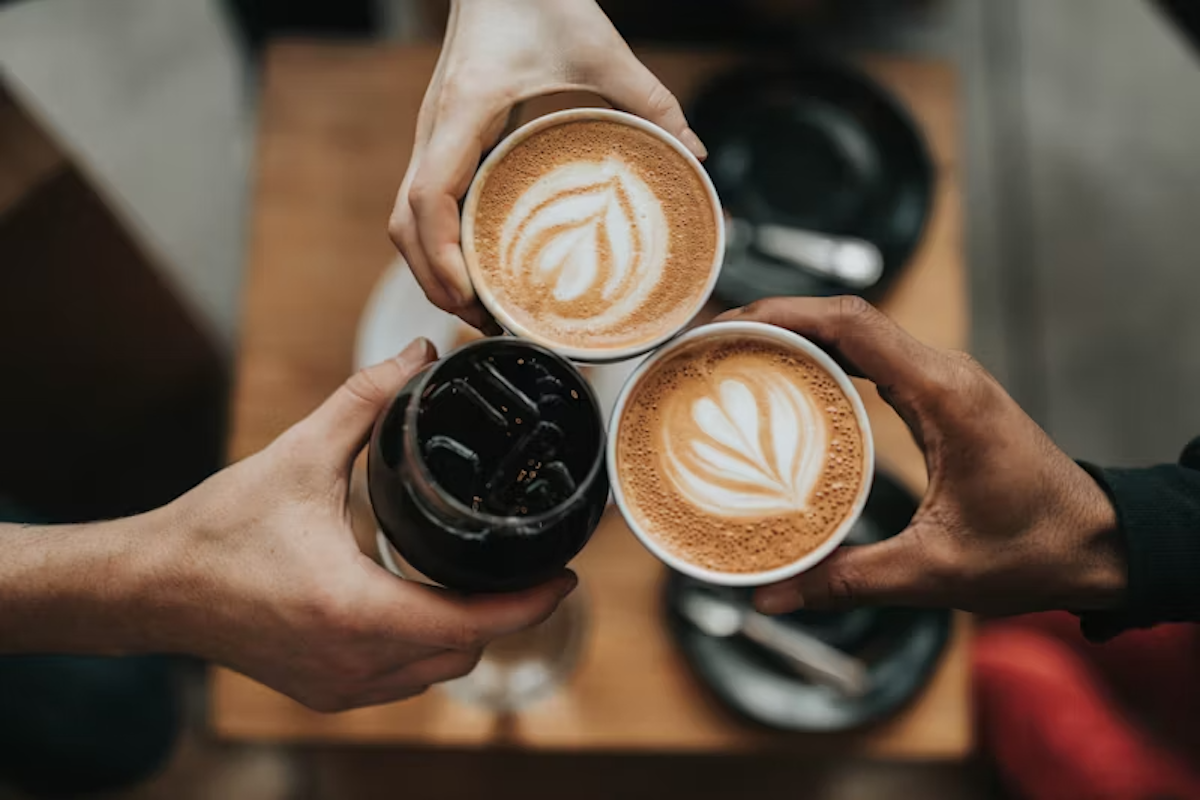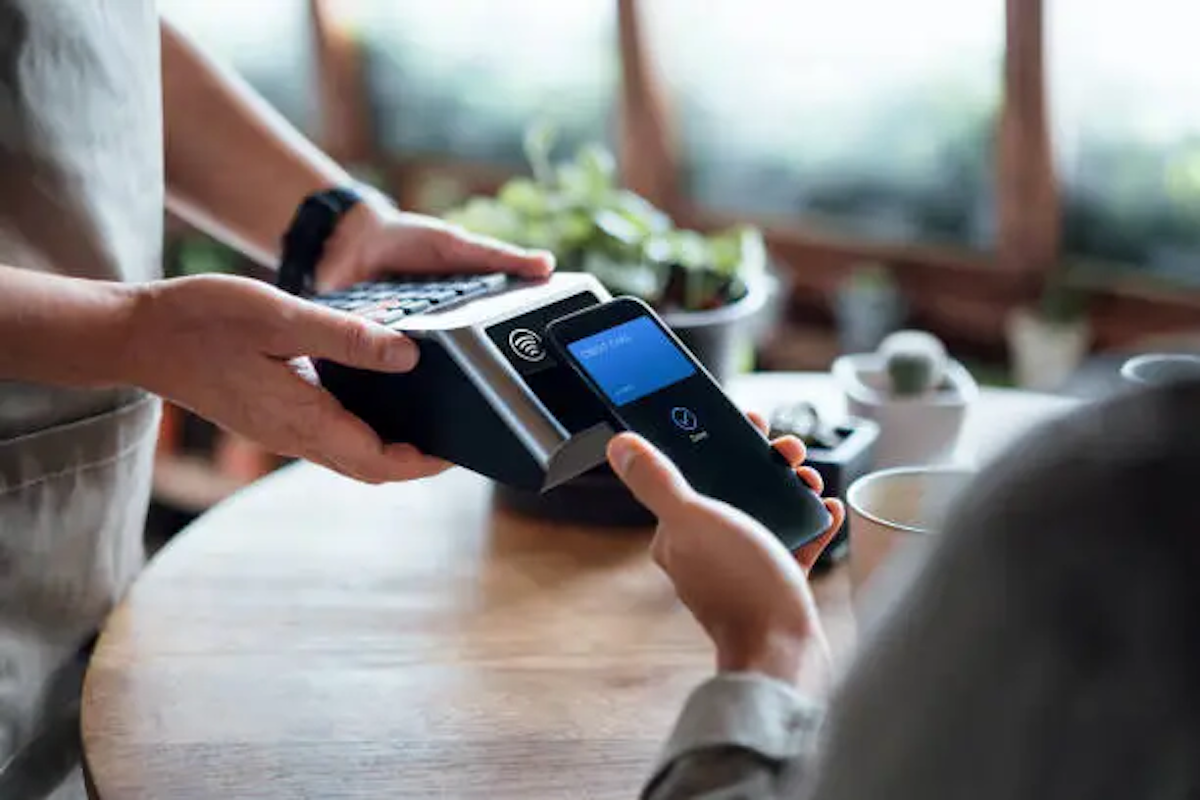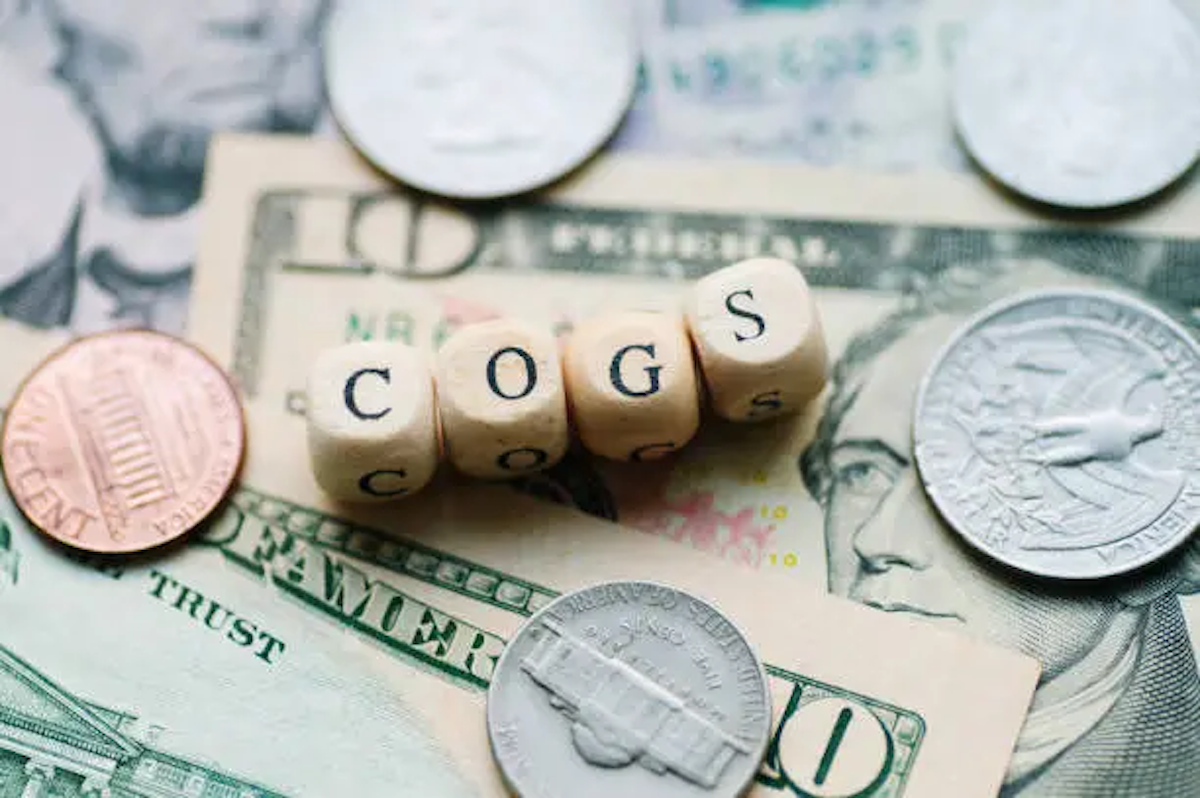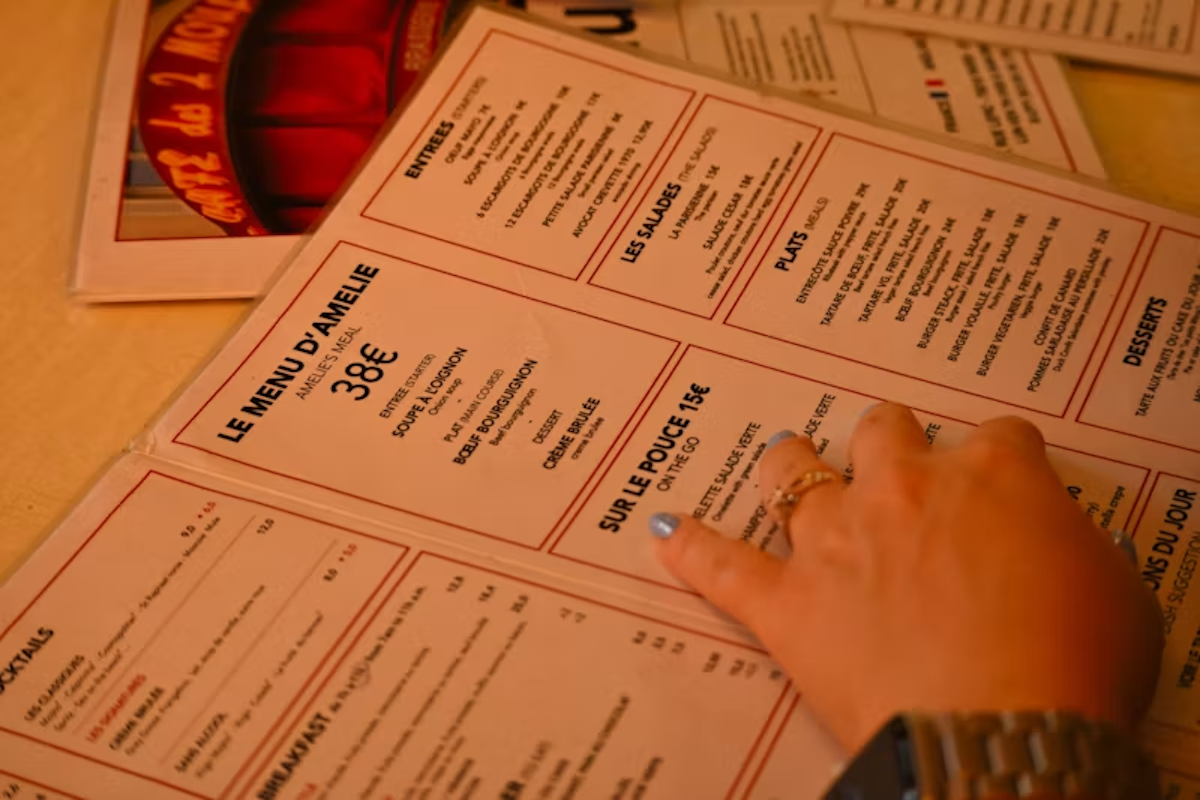What are the Average Restaurant Sales per Month by Category?
Breaking down average restaurant sales per month gives restaurant owners, managers, and investors a clearer view of how the business is performing....
Platform
Combining online ordering, loyalty, omnichannel messaging, AI insights, and payments in one platform. Paytronix delivers relevant, personal experiences, at scale, that help improve your entire digital marketing funnel by creating amazing frictionless experiences.
A Complete Customer Experience Platform
Online Ordering
Acquire new customers and capture valuable data with industry leading customization features.
Loyalty
Encourage more visits and higher spend with personalized promotions based on individual activity and preferences.
Catering
Grow your revenue, streamline operations, and expand your audience with a suite of catering tools.
CRM
Build great customer relationships with relevant personal omnichannel campaigns delivered at scale.
Artificial Intelligence
Leverage the most data from the most customer transactions to power 1:1 marketing campaigns and drive revenue.
Payments
Drive brand engagement by providing fast, frictionless guest payments.
Solutions
We use data, customer experience expertise, and technology to solve everyday restaurant and convenience store challenges.
Contactless Experiences
Accommodate your guests' changing preferences by providing safe, efficient service whether dining-in or taking out.
Customer Insights
Collect guest data and analyze behaviors to develop powerful targeted campaigns that produce amazing results.
Marketing Automation
Create and test campaigns across channels and segments to drive loyalty, incremental visits, and additional revenue.
Mobile Experiences
Provide convenient access to your brand, menus and loyalty program to drive retention with a branded or custom app.
Subscriptions
Create a frictionless, fun way to reward your most loyal customers for frequent visits and purchases while normalizing revenues.
Employee Dining
Attract and retain your employees with dollar value or percentage-based incentives and tiered benefits.
Order Experience Builder
Create powerful interactive, and appealing online menus that attract and acquire new customers simply and easily.
Loyalty Programs
High-impact customizable programs that increase spend, visit, and engagement with your brand.
Online Ordering
Maximize first-party digital sales with an exceptional guest experience.
Integrations
Launch your programs with more than 450 existing integrations.
Loyalty Programs
Deliver the same care you do in person with all your digital engagements.
Online Ordering
Drive more first-party orders and make it easy for your crew.
Loyalty Programs
Digital transformations start here - get to know your guests.
Online Ordering
Add a whole new sales channel to grow your business - digital ordering is in your future.
Integrations
We work with your environment - check it out.
Company
We are here to help clients build their businesses by delivering amazing experiences for their guests.
Meet The Team
Our exceptional customer engagement innovations are delivered by a team of extraordinary people.
News/Press
A collection of press and media about our innovations, customers, and people.
Events
A schedule of upcoming tradeshows, conferences, and events that we will participate in.
Careers
Support
Paytronix Login
Order & Delivery Login
Resources
Learn how to create great customer experiences with our free eBooks, webinars, articles, case studies, and customer interviews.
FlightPaths are structured Paytronix software onboarding journeys designed to simplify implementation and deliver maximum ROI.
See Our Product In Action
E-Books
Learn more about topics important to the restaurant and c-store customer experience.
Reports
See how your brand stacks up against industry benchmarks, analysis, and research.
Blog
Catch up with our team of in-house experts for quick articles to help your business.
Case Studies
Learn how brands have used the Paytronix platform to increase revenue and engage with guests.
Is your brand tapping into these three unshakeable pillars of guest loyalty in 2025?
9 min read
Feb 18, 2025

Creating and sustaining success in the coffee shop business requires more than delicious coffee or pastries. It's a competitive space, and depending on the location, you may be fighting for market share against large brands and specialty chains. After all, a recent study discovered there are 27.3 coffee shops per 100,000 people in the United States.
So, how do local business owners break through the noise to gain a competitive edge? It all starts with developing a comprehensive marketing strategy that defines your unique selling proposition (USP), leverages tools and insights, and builds a community. A solid coffee shop marketing strategy helps grow a loyal customer base, turning your local business into a brand.
Ready to learn how you can level up your marketing strategy for cafe operations? Join us as we explore the foundational elements needed to establish brand positioning and identity. Also, discover how to use local search engine optimization (SEO), social media, and email marketing tactics to your cafe’s advantage.
The foundation for building an effective marketing strategy is to identify your cafe's unique selling proposition (USP). Your USP defines your cafe's unique spot in the marketplace by understanding what makes your coffee business different from competitors. A good USP clearly communicates a specific benefit that the competition can't offer.
While USPs are inherently unique to each business, they generally fall into one of the following categories: quality, price, or service. Here are some questions to consider when thinking about your USP:
When developing your USP, one of the easiest ways to analyze your competitors is to visit each location. Then, you can take notes on items that fall into each of the categories most relatable to your business. Additionally, you should prepare yourself with a list of questions to ask the patrons to gain a better understanding of your target audience.
Successfully developing a brand identity in the coffee shop business needs to extend beyond using visual aspects of your company. These elements include your name, logo, tagline, and color scheme.
Instead, it's a comprehensive process explaining the brand's purpose and approach. Consider curating a unique story that evokes emotion and builds trust with your target audience.
To develop a compelling brand story and visual identity, you need to connect with your audience. Here are some elements to consider:
Digital marketing is a powerful tool for all industries, especially the highly competitive coffee shop business sector. Employing various digital marketing approaches can increase brand awareness, generate leads, boost your brand’s online presence, enhance its reputation, and promote customer engagement.
While there isn't a one-size-fits-all approach to digital marketing, many coffee shops and cafes have success with social media marketing, SEO, and content marketing. Let's dive into each strategy and discuss how to implement them effectively to attract and engage customers:
Local SEO is one of the most important tactics independent coffee shops must add to their digital marketing strategy. Google delivers a billion local searches per month. By optimizing your shop's online presence, you'll generally rank higher in local SERPs, allowing potential customers to find your location more easily.
To leverage this tactic properly, use on and offsite SEO best practices. One onsite approach is to use local keywords throughout your website. For example, if your cafe is in Phoenix, AZ, use phrasing such as "cafe in Phoenix." Each location may vary, so it's ideal to use a keyword research tool, such as SEMrush, to identify terms that work best for your area.
When it comes to offsite SEO for local coffee shops, it's imperative to set up, update, and optimize your Google Business Profile (GBP). GBP is a free tool that allows companies to control how their business appears on Google Search, Google Maps, and Google Shopping. Maintaining your GBP is beneficial because you'll be able to increase visibility in the SERPs, share information with customers, and gain credibility through reviews.
One of the golden rules of marketing is to "meet your customers where they are." Basically, everyone is on social media these days, so it's essential for cafe owners to leverage social media platforms as a digital marketing tool. On top of being one of the most cost-effective forms of marketing, the opportunity to extend your brand's reach and community engagement is unmatched.
Mastering social media marketing is an art. What works on one platform won't necessarily have the same effect on another. Also, certain industries are more ideal for specific platforms. For coffee shops and cafes, consider using Facebook, X (formerly Twitter), TikTok, and Instagram.
Platforms like Facebook and X are better suited for engaging with customers and posting informative content. Consider sharing detailed updates or promotional material.
On the other hand, Instagram and TikTok are inherently visual platforms. Use photos and short-form videos to showcase your menu items in an aesthetically pleasing way. It’s also wise to display your personality by featuring employees, as well as exhibit humor by jumping in on popular trends.
Email marketing is a tried-and-true strategy that's proven to be cost-effective. Brands that invest in email marketing strategies see a return of $36 for every $1 spent. Not only does email marketing provide exceptional results, but it also gives business owners the ability to engage with potential customers and nurture relationships with loyal patrons.
Additionally, this approach makes it easy to segment your target audience, add personalized messaging, and succeed with each touch point in the customer journey. For example, coffee shop owners can send personalized offers based on their unique buying habits. As a result, they'll be more likely to return to your shop than your competitors.
Properly leveraging email marketing requires segmenting your target audience based on various data points. Segmentation allows for targeted and personalized messaging. According to McKinsey, revenues can increase between 5% and 15% with personalized content.
Now, how do you segment email lists? Here are some of the data points to consider when building out your strategy:

Considering it costs five to 25 times more to acquire new customers than to retain existing ones, it's ideal to nurture relationships with loyal patrons. Implementing a loyalty program is one of the best ways to achieve customer retention. That's because it's beneficial for both the business and the customer.
The customer builds a deeper connection with the brand by receiving targeted communications and discounts based on spending habits. Businesses boost revenue, increase customer retention, drive customer lifetime value, and collect valuable data points to deliver such personalized messages.
Here is a step-by-step guide on how your cafe can implement customer loyalty programs that encourage repeat business:
When you think of digital marketing strategies, in-person events probably aren’t top-of-mind. However, it's an underrated approach to increasing customer engagement, attracting new customers, and building relationships with the local community.
If your cafe is yet to open, consider hosting a soft launch event. A soft opening allows your staff to learn without the stress of a crowd. But most importantly, you can start to generate buzz within the local community by handing out promotional materials for the grand opening.
During the grand opening, make sure you align the event with the cafe's brand. For example, if your coffee shop brand is more fun and upbeat, consider booking live music, having games, and hosting giveaways or contests.
Aside from the grand opening, other recurring in-cafe events can include:
Remember, hosting in-cafe events provides guests with the opportunity to take pictures and share them on their social channels. As a result, you receive free and organic word-of-mouth marketing.
While digital marketing strategies are great, you should not underestimate the power of offline marketing. Working with other local businesses that share the same values as your brand can increase visibility, attract new guests, and grow the company.
There are various ways beyond coalition loyalty programs to approach collaborating or partnering with local businesses. You can partner with a complementary brand to cross-promote or join together in marketing initiatives.
For example, coffee shops can partner with brands in the hospitality space for menu pairings or co-branded products. Conversely, you can go down the creative collaboration route and partner with a local artist to showcase their artwork in your shop. In return, they'll post on their socials and tag your brand.
No cafe marketing strategy is effective without determining KPIs. It’s also vital to understand what they mean for each channel.
Tracking progress provides valuable insights for improvement during the next campaign. Let’s take a closer look at some of the channels we’ve covered to better understand the key metrics to focus on:
Tracking Email Marketing Performance: Most email marketing automation platforms are built with tracking and analytics capabilities. There are various metrics to consider, but you should focus on the open rates, click-through rates, and conversion rates. Each rate will vary by industry, but according to Constant Contact data from December 2024, the average open rate for the restaurant industry was at approximately 35%, while click-through rates sat at 0.70%.
Pro Tip: If you notice your open rate falling below industry standards, consider A/B testing with your subject lines. Alternatively, if your click-through rate is low, you might want to adjust your call-to-action (CTA).
Pro Tip: Keep track of metrics for every campaign so you know what's working or what may need adjustments.
A solid background in marketing and food service is vital for developing successful cafe marketing ideas. If you’d like to learn more about promoting your coffee shop, we’re here to help! Review the FAQ section below for more information about advertising your cafe to the masses.
Since customer loyalty directly increases revenue, cafe owners should focus on a customer retention strategy as a critical marketing effort. Investing in a customer loyalty program incentivizes new customers to become repeat ones while rewarding your most loyal guests. As a result, cafe revenues should increase.
There are various ways businesses can attract new customers to their cafes, such as through utilizing social media, content marketing, SEO, and email marketing. Each of these tactics helps with brand awareness and community engagement. Additionally, cafe owners can use traditional marketing strategies, like hosting events or partnering with other local coffee shops to increase foot traffic. While there isn't a one-size-fits-all approach to attracting new customers, cafe owners may consider testing varying strategies that work for their target audience.
Every marketing campaign should prioritize the "Four Ps of Marketing." Sometimes known as the marketing mix, the four Ps are as follows:
A good marketing strategy for small businesses should focus on identifying and understanding their core target audience. It prioritizes building a strong online presence through SEO and using tactics like social media, content marketing, and email marketing to build awareness, nurture leads, and drive conversions.
Creating a comprehensive cafe marketing strategy is the cornerstone to standing out in the highly competitive restaurant industry. Remember, it's important to express your brand positioning and identity while using strategies like local SEO, email, and social media marketing to increase brand awareness, generate leads and boost revenue.
Marketing for cafes is not a set-it-and-forget-it approach. Gain insights from your audience’s interactions to improve messaging and tactics for future campaigns.
Are you ready to elevate your marketing campaigns? Book a demo now to learn more about how you turn your local cafe into a national brand.

Breaking down average restaurant sales per month gives restaurant owners, managers, and investors a clearer view of how the business is performing....

Understanding the cost of goods sold (COGS) is crucial for maintaining healthy profit margins in both restaurants and convenience stores (c-stores)....

Menu engineering is a proven strategy to increase restaurant profitability. By analyzing sales data, you can refine your offerings to focus on...